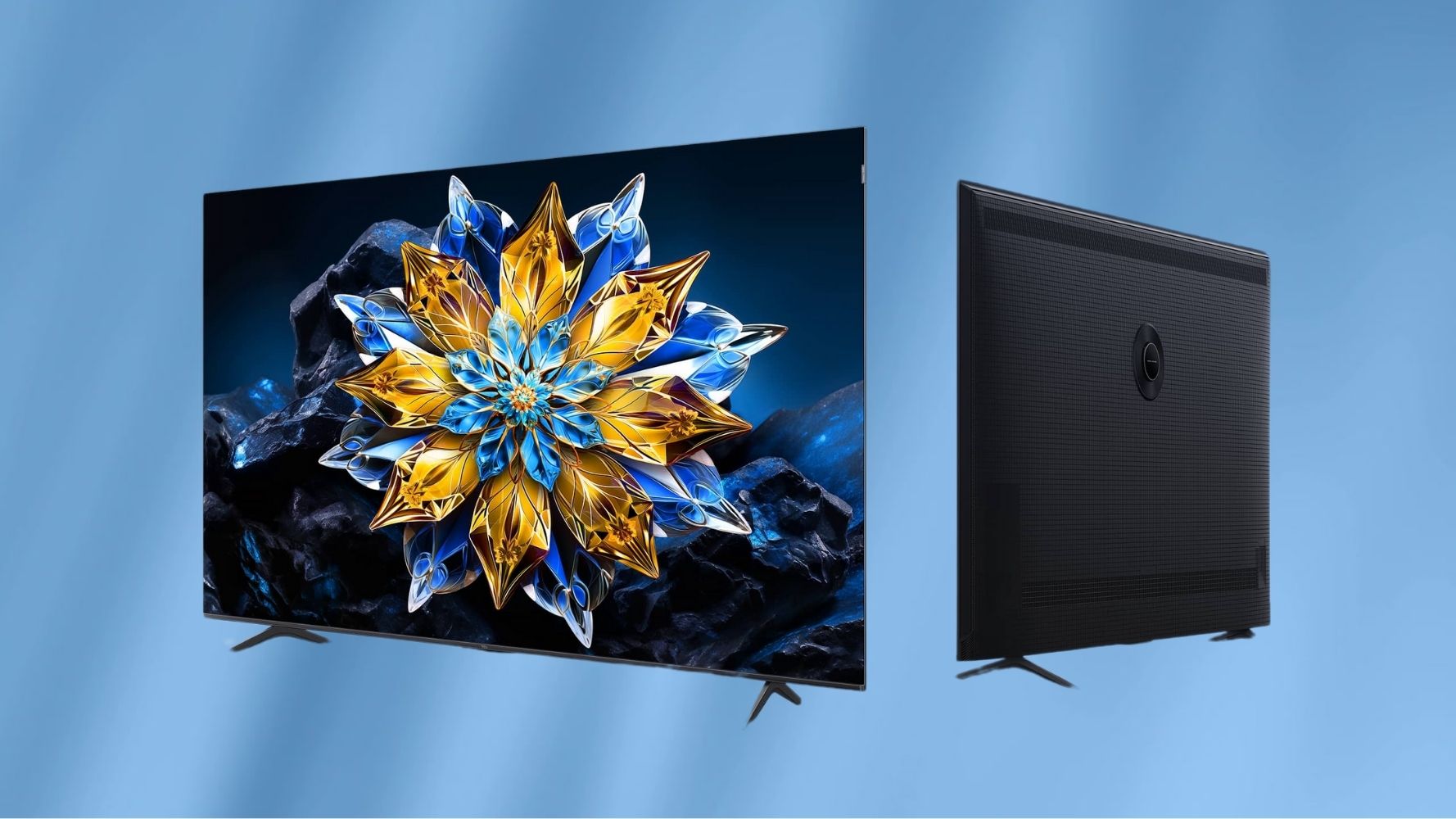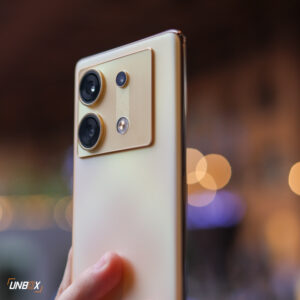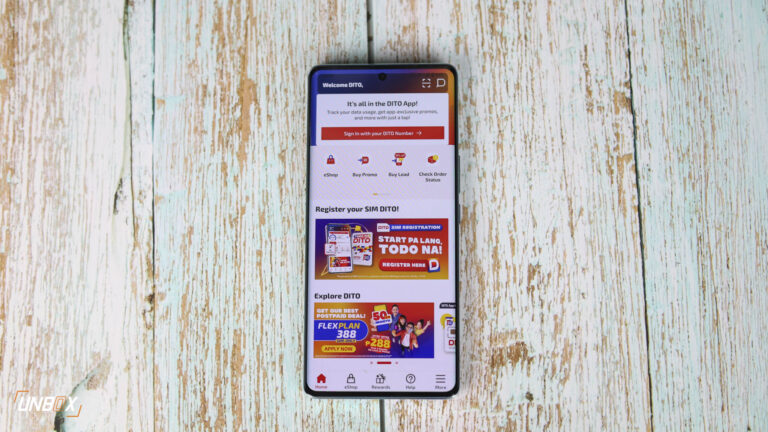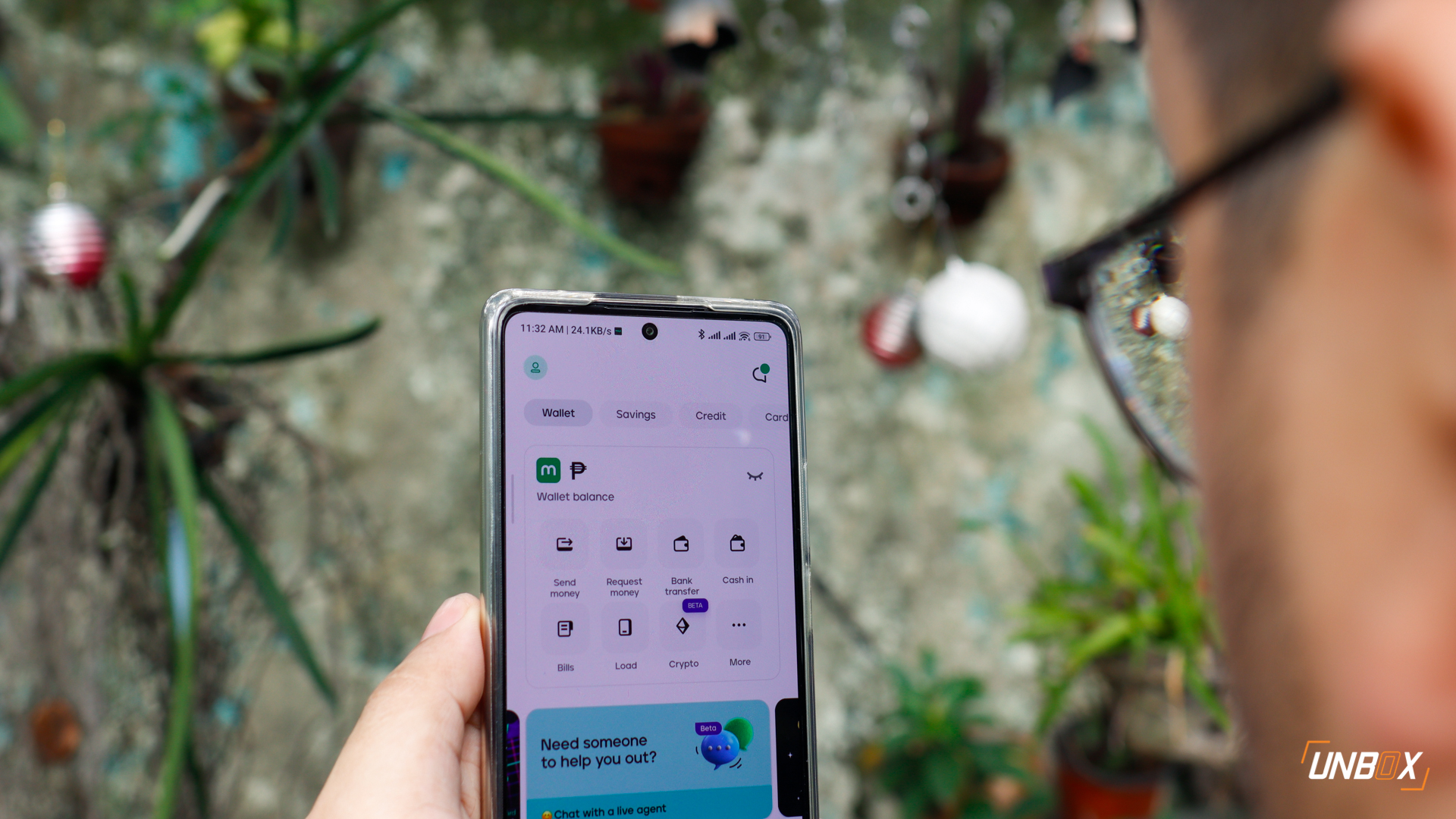Now that we’re looking back at MWC 2023, there were a lot of breakneck innovations that disrupted what we know about the world of tech. However, not all of these were developments that are ready-for-market, since some are still nothing more than working concept demos. However, one truly useful thing is motorola and its latest satellite technology. With this, any smartphone can be a satellite phone. What’s so special about this?

When one thinks of satellite phones, the first thing to come to mind is the “dumbphone” with a huge antenna attached. We wouldn’t blame anyone for thinking that since that’s how the technology has been presented to the public for the longest time – even to mainstream consumers. It’s a device that you can use in extreme situations wherein a signal connection is impossible to find, but it’s quite impractical in daily life. And, most importantly, it’s astronomically expensive for what you get.
Well, motorola has realized this and reinvented mobile satellite technology to adjust. The motorola Defy Satellite Link is a pocket-WiFi type of device that makes any smartphone, a satellite phone. That means you can just install an application and people will be able to receive your messages, regardless of where you are in the world. That comes into handy when you’ve fallen in the direst of situations, just to let others know you’re okay. That doesn’t just apply to traveling – we never know when tragedy will strike after all.

The application the user will be using to send satellite messages is Bullitt. It’s a messenger app much like any other, so it’s tremendously easy to use. The app will forward any of your messages to SMS platforms so that your recipient’s mobile number can receive it normally, but sending back messages also requires use of the application.

It’s honestly not so expensive, given the utility you get from this motorola Satellite Technology. People at the booth recommended we just get the ESSENTIAL plan which comes to 5 USD (approx PHP 270-290) a month. For that measly amount, one receives 30 Satellite Messages per month which rounds up to 360 per year. Hopefully you don’t find yourself in that many emergencies, and there are countless chat apps for everyday messages that aren’t as urgent. Either way though, simple possession of the device gives you 24/7 unlimited SOS assistance via a button on the unit.

The device itself is interesting, yet simple and rugged. It’s obvious that you can take this anywhere and it will be fine. Moreover, compatibility with iOS and Android allows for widespread use since most mobile devices run on those two ecosystems, anyways.

For those that want a rugged smartphone with satellite capabilities, the motorola Defy2 is here as well. Its designers claim that it is a smartphone first and a durable satellite phone second. It’s IP68 water resistant for submersion of up to 5 meters for 35 minutes, as well as IP69 dust resistant. You can drop it onto concrete from up to 1.8 meters without worrying about anything at all. It’s MIL-STD-810H compliant for those who love military talk.
Apart from a bit of extra thickness, you won’t really notice that this phone is anything special. It’s not as bulky as other “rugged” phones out there – and most importantly, it also has an SOS button of its own! Plans here are carried over from the Satellite Link as well, with wireless services contracted by Bullitt.
The Defy2 comes with a 6.6-inch IPS LCD panel with a 120Hz refresh rate, GG Victus, Dimensity 930 chipset, 6GB of RAM, and 128GB of internal storage expandable via microSD support. The cameras to be found here are a 50-megapixel main sensor alongside an 8-megapixel ultrawide and 2-megapixel macro lens. Videos can be recorded at up to Full HD on 30FPS. This isn’t really why you buy the phone, so there’s quite a bit of limitations.
Despite these minor setbacks, motorola has effectively changed how we perceive satellite technology. It can be convenient and easy to use after all.






































































